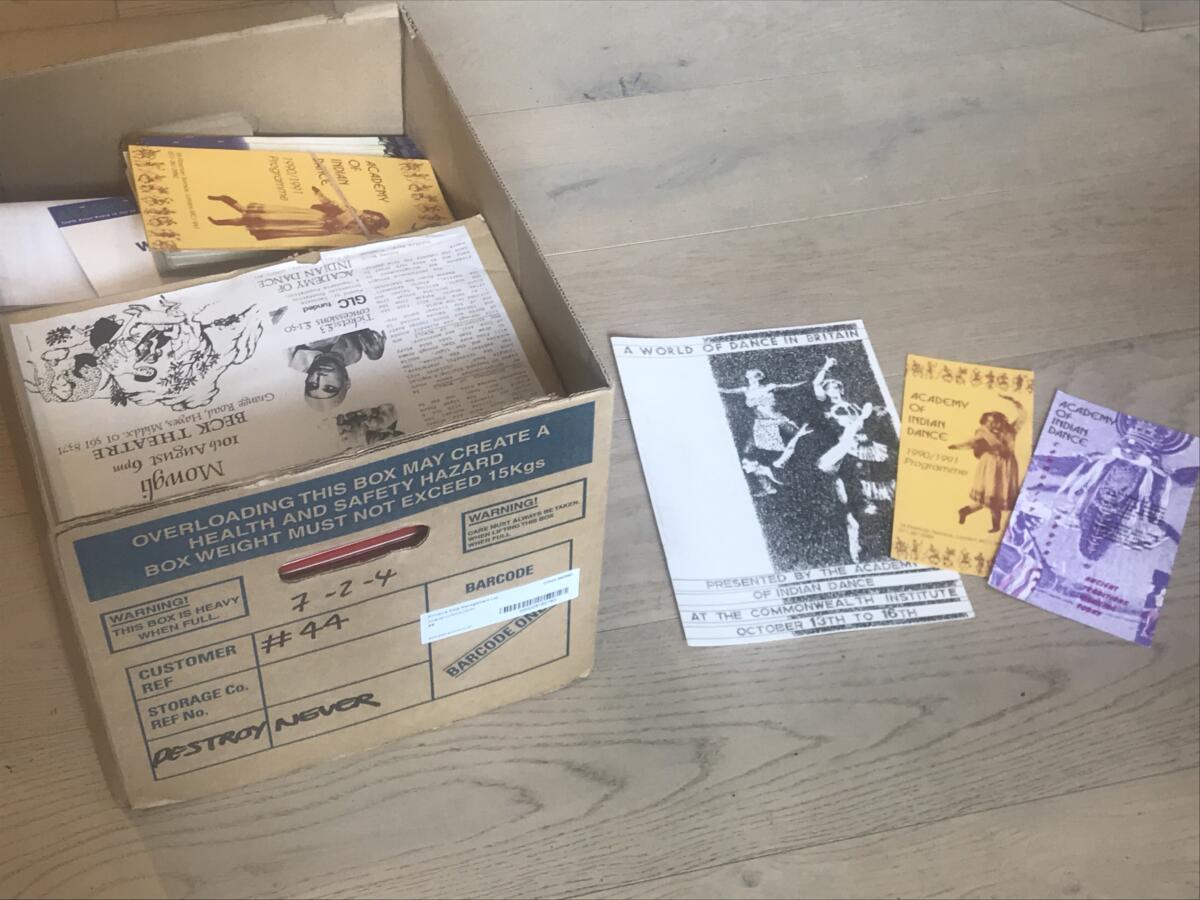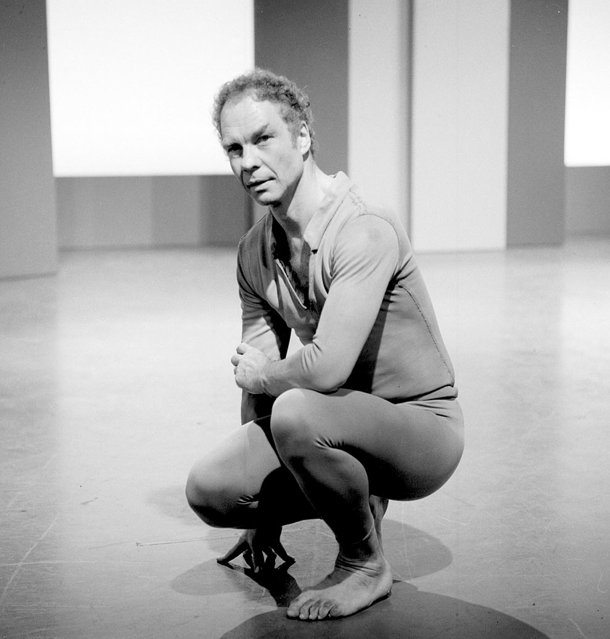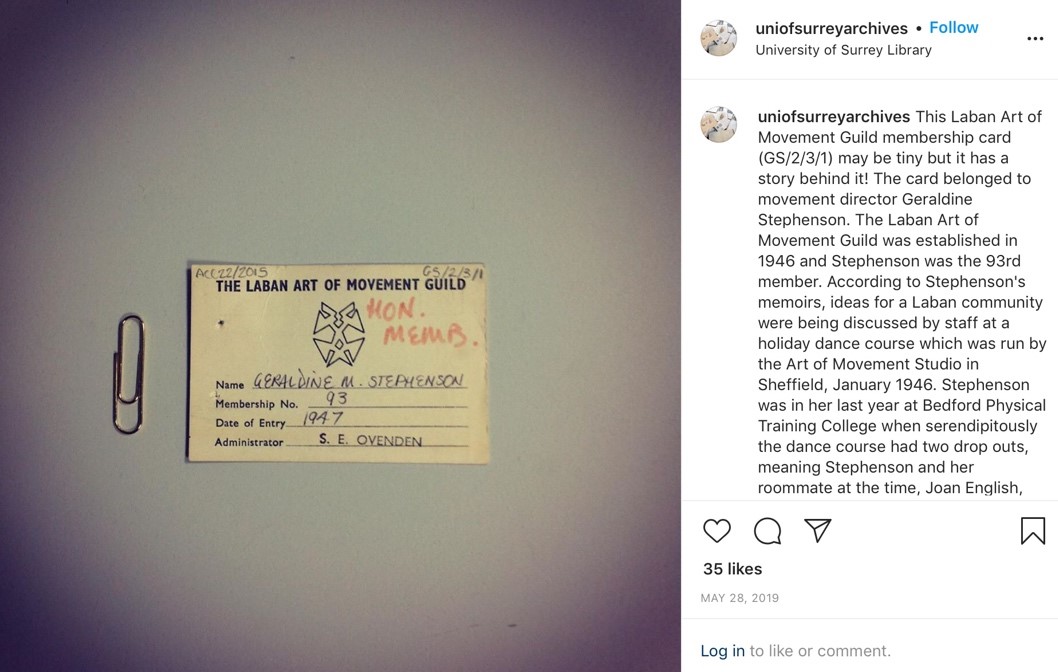The Versatility of Performance Archives

This year, we have embarked on an enormous archiving adventure to celebrate Akademi’s heritage and preserve our history at the V&A Museum. We have some wonderful volunteers who are helping us in this process. We invited them to share their experience, work and findings on South Asian dance in the UK. This post in the series explores 3 innovative ways archival material can be used for outreach and why that is important.
Kate Smith is a graduate of the Institute of Archaeology (UCL) and has since been working and volunteering in museums, archives and research institutes. As one of Akademi’s Trainee Archivists during lockdown, Kate has been writing archive-focused blog posts whilst access to the physical archive is limited. She has a particular interest in outreach & heritage education and you can follow Kate’s instagram page @not.a.classroom to learn more about these topics.
Archives are an incredibly versatile resource, and performance archives across the world have showcased their ingenuity by using them to tell stories in new & exciting ways. Archives promote learning, encourage discussion, increase the strength of communities and contribute to wellbeing. Opening them up to the public is therefore an important task for many institutions.
As Akademi embarks on its mission to archive 40 years of rich South Asian dance heritage, I consider how other performance archives have been used to engage, educate and inspire, and why this process is so important. With such a rich organisational history, Akademi’s archive will not only help correct the underrepresentation of South Asian Dance heritage in UK museum collections, but also create opportunities to increase research, outreach and participation.
1: Film & TV

In ‘Cunningham’ (2019), documentary director Alla Kovgan uses archival footage from the Jerome Robbins Dance Division Audio & Motion Archive to create a dazzling biopic of dance visionary, Merce Cunningham. The archival footage, including performances, rehearsals and interviews, is spliced into recreations of Cunningham’s dances performed in new settings, by new dancers. Interestingly, one review of the documentary cites that, despite the use of 3D technology for the contemporary recreations, “the most exhilarating footage is the black-and-white archive of the young Cunningham”.
This, I think, illustrates the power of archival material to present an engaging account of dance history. Archival interview footage of Cunningham also effectively allows him to reach across time and become the narrator of his own biopic, creating a real sense of immediacy.
Using archival footage in film and TV not only helps to tell the stories of individuals and dance troupes, but also engages a much wider audience with the history and trajectory of dance. As Kovgan said herself in a recent interview, the film was made, not as a substitute for a dance performance for dance fanatics, but as a cinematic experience appealing to all film-lovers.
This is just one example of how archival footage can be used in film & TV but the ability of this highly accessible medium to increase engagement with performance archives and foster an interest in dance is clear. ‘Cunningham’ was shown at festivals across the world and is available on some of the mammoth streaming services. Perhaps, once Akademi’s collections have been archived and made accessible at the V&A, the images (whether still or moving) contained within them may be used in the films and documentaries of the future.
2: Social Media and Digital Storytelling
There is no point explaining the well-attested importance and power of social media here, but it is worth considering the ways in which performance archives can use it to create impactful ways to communicate their stories.
The University of Surrey Archives house the National Resource Centre for Dance archive, including a South Asian Dance collection similar in it’s content to Akademi’s own (programmes, articles, leaflets etc.). They fill their Instagram page with the hidden stories behind the most unassuming objects in their collection. A membership card belonging to Geraldine Stephenson, the first Movement Director of the Laban Art of Movement Guild, is used as a springboard to tell a serendipitous story about the founding of the institution. A pamphlet produced by the Kokuma Dance Theatre Company is used to tell us about Britain’s first Afro-Caribbean dance theatre company.

I came across the term ‘Digital Storytelling’ in a great blog post on the National Archives’ website. Broadly defined as ‘using digital platforms to tell stories’, digital storytelling works well on most social media platforms as well as with purpose-built software such as the Esri Story Map Cascade tool. The post highlights a digital story told via Twitter by the Museum of English Rural Life where the story starts with images of archive boxes and filing cabinets then delves into their intriguing contents. It’s similar to the opening line of a novel, drawing the reader in and capturing their attention. Once the team of staff & Trainee Archivists at Akademi can get their hands on the physical materials, photographs of the archival process may present the perfect ingredients for a simple digital story.

3: Online Exhibitions and Virtual Tours
For a long time, archives have been used to create and inform traditional exhibitions. Now, in a time defined by ‘lockdown’ and the inability to visit museums, archives & performance spaces, a spotlight has been shone on cultural institutions that take their collections online.
The V&A’s exhibition ‘On Point: Royal Academy of Dance at 100’ was due to open in May 2020. It has been postponed of course, but the response has been to make several intriguing ‘exhibition highlights’ from the RAD’s archive available to view on their website. Google Arts & Culture is home to some fantastic online exhibits, virtual tours and activities using augmented reality. Some highlights created by dance and performance archives are ‘Fashion Designers for Dance’ by Centre National du Costume de Scene and ‘Black British Dance’ by the Black Cultural Archives. I found that there was a real lack of representation for South Asian Dance on Google Arts & Culture and it would be rewarding to see more content, perhaps from Akademi’s own archive, on the platform. Online exhibitions and tours are not only helpful during a time of lockdown, but also enable access for people not able to visit archives and exhibitions (those in different countries or those with disabilities, for example).
Concluding Thoughts
I hope that I have illustrated just how versatile performance archives can be. I also hope that the importance of outreach for performance archives was clear. Dance is an art-form whose history is often lost or undervalued, perhaps due to the nature of performance and how we attempt to preserve that. Akademi’s important work and the vibrancy of the community, past and present, should be shared with a wide and diverse audience and I think that the creation of the archive is an important step in this process. The creation of the archive, coupled with the outreach it enables, will ensure that Akademi’s work will be woven into the fabric of dance history in the UK and I for one can’t wait to see the archival material crop up in publications, films, social media storytelling or perhaps in an online exhibition soon!
Watch this space for more blogposts from our wonderful Heritage Project volunteers.
Further Reading & Links:
The Guardian’s review of ‘Cunningham’
Washington Post’s review of ‘Cunningham’
Jerome Robbins Dance Division Audio & Motion Archive
National Archives Blog on Digital Storytelling, Outreach & Archives
Royal Academy of Dance – 100 Years of Dance Exhibition info
The University of Surrey Archives, National Resource Centre for Dance
‘Black British Dance’ online exhibition on Google Arts & Culture
‘Fashion Designers for Dance’ online exhibition on Google Arts & Culture